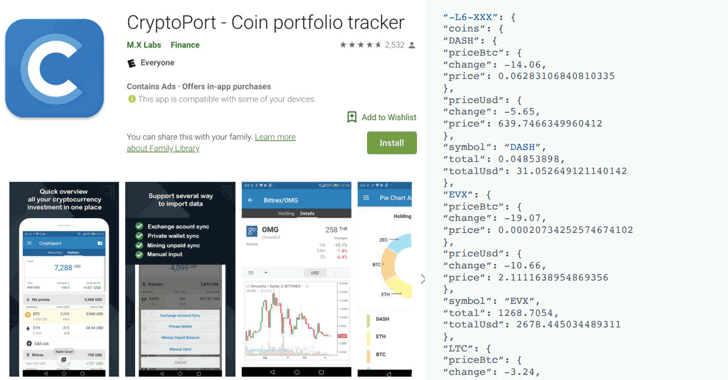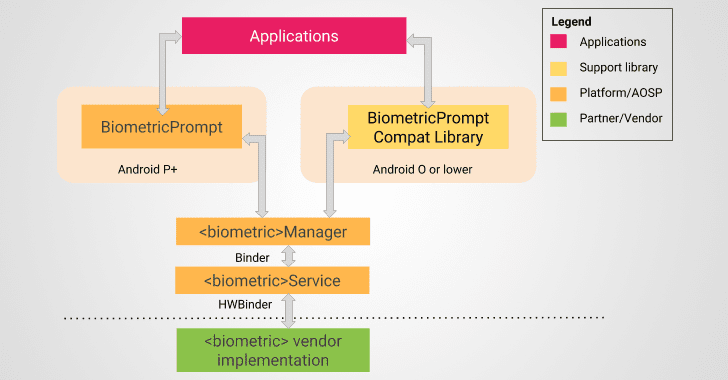
ATM Penetration testing, Hackers have found different approaches to hack into the ATM machines. Programmers are not restricting themselves to physical assaults, for example, money/card catching, skimming, and so forth they are investigating better approaches to hack ATM programming.
An ATM is a machine that empowers the clients to perform keeping money exchange without setting off to the bank.
Utilizing an ATM, a client can pull back or store the money, get to the bank store or credit account, pay the bills, change the stick, redesign the individual data, and so on. Since the ATM machine manages money, it has turned into a high need focus for programmers and burglars.
In this article, we will perceive how do an ATM functions, security arrangements used to secure the ATMs, diverse sorts of infiltration testing to break down ATM security and a portion of the security best practices which can be utilized to evade ATM hack.
ATM Work Function :
Most of the ATMs have 2 input and 4 output. The card reader and keypad are input whereas a screen, receipt printer, cash dispenser, and the speaker are output.
There are for the most part two sorts of ATM’s which vary as indicated by the way they work. They can be called as
1.Rented line ATM
2.Dial-up ATM machines
Any ATM machine needs an information terminal with two data sources and four yield gadgets. Obviously, for this to happen there ought to likewise be the accessibility of a host processor. The host processor is important so that the ATM can interface furthermore speak with the individual asking for the money. The Internet Service Provider (ISP) additionally assumes an essential part in this activity. They go about as the passage to the halfway systems furthermore the bank PC.

Image Credit : HowstuffWorks
A rented line ATM machine has a 4-wire, indicate point committed phone line which assists in associating it with the host processor. These sorts of machines are favored in spots where the client volume is high. They are viewed as top of the line and the working expenses of this sort of a machine is high.
The dial-up ATM machines just has an ordinary telephone line with a modem and a toll free number. As these are typical associations their underlying establishment cost is less and their working costs just turn into a small amount of that of a rented line ATM.
The host is primarily claimed by the bank. It can likewise be claimed by an ISP. On the off chance that the host is possessed by the bank just machines that work for that specific bank will be upheld.
Also Read Undetectable ATM “Shimmers” Hacker’s Latest Tool for Steal your Chip Based Card Details
ATM BPT style penetration testing
Security professionals perform advanced penetration tests on automated teller machine (ATM) solutions in the financial sector. In most cases, serious security flaws are identified in the ATM configurations and associated processes.
ATMs test with our ‘Business Penetration Test’ (BPT) methodology, which simulates real attacks on ATM solutions. This includes carefully designed targeted attacks, which combines physical, logical and optionally social engineering attack vectors.
ATM security is often considered a complex area by IT security managers, who tend to focus more on the physical risks and less on the logical weaknesses in the operating system and application layer.
Meanwhile, ATM security is a business area that often lacks holistic security assessments. Our ATM tests are based on this belief, and seek to paint a holistic ) picture of your ATM environment.
Physical controls
Many banks rely heavily on the assumption that physical access to their ATM solutions is effectively restricted. In the meantime repeated, illustrates how little effort is often required to gain unauthorized access to the ATM CPU, which controls the user interface and transaction device.
Logical controls
With physical access to the ATM CPU, authentication mechanisms can be bypassed to gain unauthorized access to the ATM platform.
With this access, an attacker may be able to steal credit card data that is stored in file systems or memory, without ever alerting the bank. Furthermore, experts able to demonstrate, this unauthorized access can be expanded from the ATM to the bank’s network and back-end servers by using the compromised ATM as an attack platform.
ATM solution management processes associated with third party service providers and application development vendors are often the golden key for an attacker, and can be included in the scope of our test to identify logical weaknesses in trust relationships that an attacker can exploit to compromise an ATM.
ATM ecosystem
An ATM solution and network form a complex ecosystem that consists of different vendors and responsible agents, both internal and external to the banking organization.
Due to the complexity of this ecosystem with its distributed roles and responsibilities that cross organizational boundaries, the areas associated with security risk are often overlooked. The ATM application itself, with its software updates, operating system patches, platform hardening, and networks, is often vulnerable to attacks.
These attacks are not necessarily sophisticated and often not included in standard penetration tests.
Security Best Practices to be followed for ATM
The banks can implement security best practices to reduce the attack surface for the attacker. This section can be categories into three categories:
1.Protection against physical attacks:
- Detection and protection against Card skimming.
- Detection and protection against card/ cash trapping.
- Detection against keypad tampering.
- Mirror and pin shield to identify and prevent shoulder surfing attack.
- Implementing a DVSS camera inbuilt in the ATM to capture facial features of the user along with transaction details and timestamp.
- Vault protection against fire, explosion, etc.
- Lock protection again unauthorized access to banknotes or bills.
- Electric power point and network point protection.
- Disabling unused network and electric port.
- The ATM must be grouted on the floor to secure against threats related to the robbery. ATM can be implemented with shock sensor to identify the impact and movement of ATM machine.
- Implementation of CCTV camera. The presence of security guard.
2 . Protection against logical attacks:
- Protection against unauthorized booting by setting non-guessable boot and BIOS password. Most of ATM have default boot password configured.
- Protection against USB and unauthorized hard disk access.
- OS hardening and latest patch.
- Whitelisting the application, services, and process on ATM.
- Running ATM with least privilege user. Need to know and need to have approach.
- File integrity checks.
- Securing the transaction logs.
- Use of secure channel for the communication and transaction.
- Configure security best practices in ATM application.
- Antivirus protection.
- ATM network segregation with other networks.
- Protection against Malware like tyupkin, ploutus, etc.
3 . Protection against fraud attacks:
- Implementation of geo-blocking. In this implementation, the card can only be used in originating country or region. The user has to take permission to use the card outside the originating country.
- Implementation of chip and pin based card to mitigate copied and skimming card based attack.
- Implementing a behavior mentoring which detects the unusual transaction in term of the amount, place of transaction, frequency of transaction, etc.
Assessment of ATM Security Solution installed in the ATM:
ATM security solutions
Most of the ATMs run on Windows XP and 7. Patching individual ATM is a quite complex process. Since Windows XP is no longer supported by Microsoft, many ATM vendor uses security solution to mitigate the threats related to ATM attacks such as Malware-based attacks, OS-level vulnerabilities. These security solutions allow the ATM application to run in very restrictive environment with limited services and processes in the back end. Two of such security solutions are Mcafee Solidcore and Phoenix Vista ATM.
Mcafee Solidcore:
McAfee Application Control blocks unauthorized executables on servers, corporate desktops, and fixed-function devices. Using a dynamic trust model and innovative security features such as local and global reputation intelligence, real-time behavioral analytics, and auto-immunization of endpoints, it immediately thwarts advanced persistent threats—without requiring labor-intensive list management or signature updates.
- Complete protection from unwanted applications with coverage of executable files, libraries, drivers, Java apps, ActiveX controls, scripts, and specialty code.
- Flexibility for desktop users and server admins with self-approval and auto-approval based on application rating.
- Viable security for fixed-function, legacy, and modern systems.
- Patch cycle reduction and advanced memory protection.
- Centralized, integrated management via McAfee ePolicy Orchestrator.
Phoenix Vista ATM:
Phoenix Vista ATM is a product of Phoenix Interactive Design Inc .This solution integrates with the ATM application itself. This application works on file integrity check where any modification/tampering with the application related critical file will result in a system shutdown. This disallows any unauthorized program to modify the application specific file.
XFS (extensions for Financial Services) provides a client-server architecture for financial applications on the Microsoft Windows platform, especially peripheral devices such as ATM’s which are unique to the financial industry. It is an international standard promoted by the European Committee for Standardization (known by the acronym CEN, hence CEN/XFS). XFS provides a common API for accessing and manipulating various financial services devices regardless of the manufacturer.
Vista ATM communicates with the XFS layer which gives commands to the hardware like cash dispenser of the ATM to dispense the cash. Any unauthorized modification in XFS files will trigger the Vista ATM application to restart the machine forcefully. The machine restarts 4-5 times, and after that, it goes into maintenance mode which does not allow the user to perform any transaction.












